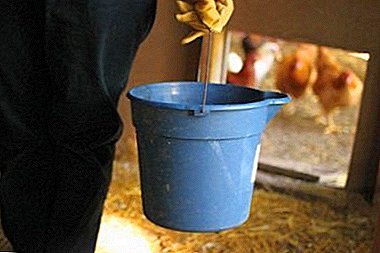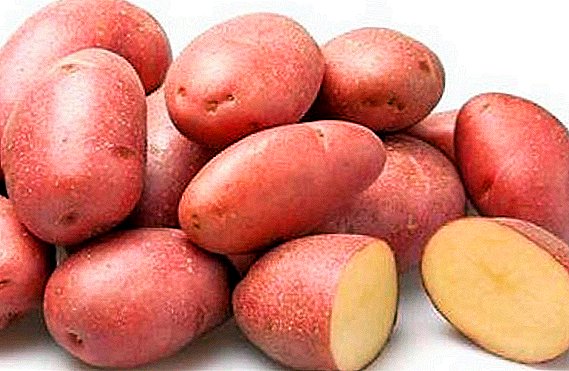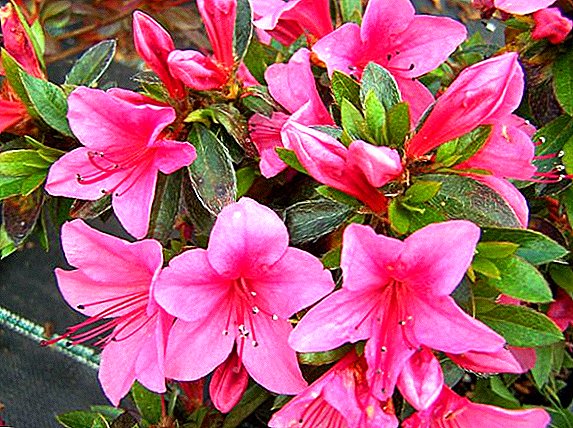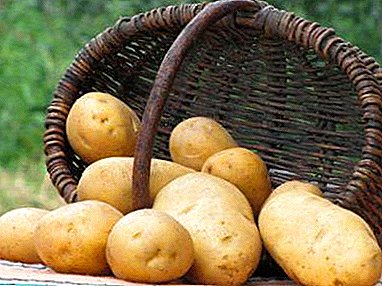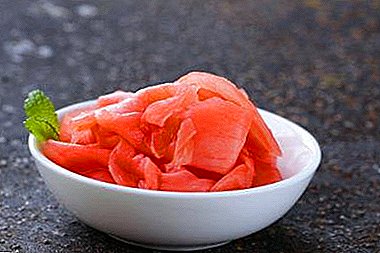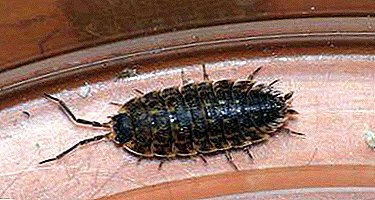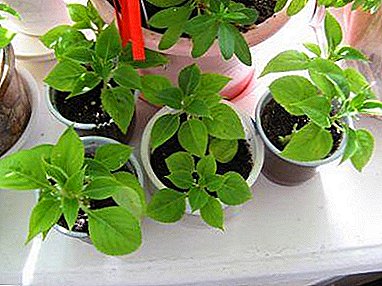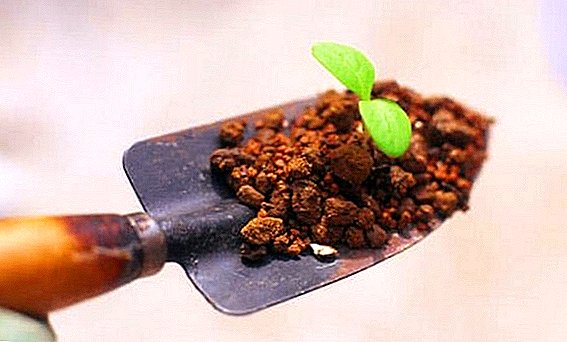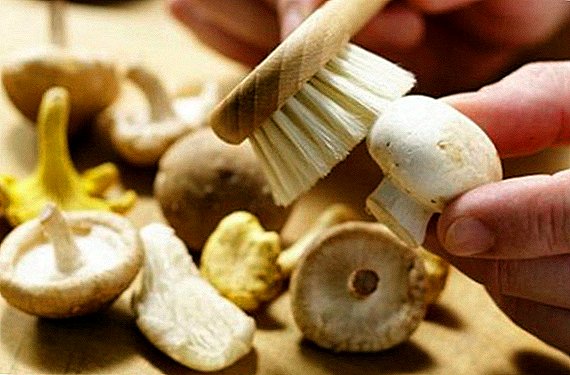 Among the many culinary ways of processing food before cooking, the most controversial topic is the pre-treatment of champignons. Every hostess at least once, but wondered: should they be washed and how to prepare them for storage or preparation of different dishes. Answers to current questions about the correct processing of mushrooms can be found in the material presented.
Among the many culinary ways of processing food before cooking, the most controversial topic is the pre-treatment of champignons. Every hostess at least once, but wondered: should they be washed and how to prepare them for storage or preparation of different dishes. Answers to current questions about the correct processing of mushrooms can be found in the material presented.
Pretreatment of champignons
Champignons are a genus of mushrooms grown on an industrial scale with great economic importance. Possessing a pronounced delicacy taste, these mushrooms are the most common and readily available in our country.
A necessary and irreplaceable stage after the purchase of champignons is their preliminary processing, which, alas, does not reflect all. Washing and cleaning of mushrooms is an important stage preceding their subsequent heat treatment, on which the taste and quality of the future dish depends.
Do I need to soak?
Champignons contain a lot of moisture, but, in addition to this, they are still prone to its accumulation. Such quality suggests that it is not necessary to wash and soak this kind of mushrooms for a long time. Excessive moisture in the body of the fungus spoils all its taste and reduces shelf life.
Did you know? Treatment with a paper towel and 15-minute additional drying on a dry towel will help to get rid of excess moisture after the “water procedures”.

But it is worth considering that young mushrooms are very dense in structure and less prone to moisture accumulation, so small and young mushrooms can be not afraid to wash them thoroughly - this will not spoil their taste and the shelf life will not be reduced.
Mushrooms grown commercially and bought in stores are not poisonous, but, like any other mushrooms, are “heavy” food for the human body. In some cases of uncontrolled use, they can cause disorders of the digestive system or exacerbation of chronic diseases of the gastrointestinal tract.
You will probably be interested to learn more about the technology of mushroom cultivation at home.
Separately, forest mushrooms collected by their own hands may pose a danger - at a young age they can easily be confused with a pale toadstool. It is also worth mentioning mushrooms in a canned form - the risks of botulism poisoning, though unlikely, are possible. 
Do I need to clean?
Answering the question whether it is necessary to clean the mushrooms at all, the definitive answer is yes.
Did you know? Due to the high protein content in the chemical composition of champignons are called "second meat" and are an indispensable product in the direction of raw food.
Mushroom cleaning can be to carry out such actions:
- washing under running water to get rid of dirt;
- processing with a damp cloth;
- trimming the top layer of the skin on the cap;
- update slice on the leg;
- trimming "collar";
- removal of dark brown plates under the cap;
- cutting blackened and tainted places.
Features and proper cleaning of mushrooms
Depending on how the mushrooms were harvested, cleaning methods can vary.
How to clean the mushrooms in the forest
An indispensable stage in the collection of mushrooms is the initial cleaning of mushrooms from grass, leaves, needles, small branches and the ground. At the same time, dimensional sorting of mushrooms will be useful, which will simplify the subsequent cleaning procedure at home.
Important! The shelf life of freshly cut forest champignons should not exceed 5 days, and purchased in the store should be given to heat treatment in the first 24 hours after purchase.
Also, if such an opportunity is available, mushrooms can be soaked for 15 minutes in cold water with the addition of a large amount of salt - this is an excellent way to get rid of unwanted insects and pests and will help to remove accumulated sand, dust and dirt from the cap surface. 
How to clean the champignons at home
At home, the purification process is not labor-intensive, but the knowledge of some of the features will greatly simplify and speed up this process. As a rule, champignons sold in stores have undergone an initial cleaning and sorting and do not have any special features.
Forest champignons collected in their own hands cannot boast of such quality and require more attention. In some cases, pretreatment can compromise the integrity of the mushroom. You should not neglect cleaning, but the following advice will help to improve the fragile state.
It will be useful for you to read about edible and poisonous mushrooms, as well as learn how to check the mushrooms for edibility by folk methods.
To increase the density and "juiciness" of mushrooms, they must be dipped in warm water for 15-20 minutes, then removed. After such actions, all surfaces should be carefully cleaned with a damp cloth, the sections should be updated.
Video: how to clean the mushrooms
To complete these manipulations is the last short-term immersion in warm water, after which you can start cooking. The humidity and density of fragile fungi after such actions increases significantly.
Features of clearing of forest mushrooms
Forest champignons need such obligatory actions on the part of a person:
- dry cleaning with a food brush from small debris. For this, any non-rigid brush produces light scrubbing movements;
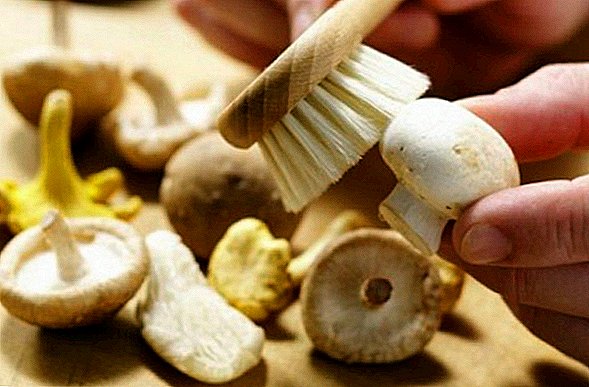
- cutting off the top layer of the skin from the mushroom cap with a small knife. To do this, the skin is hooked with a knife on the edge of the cap and with a careful movement it stretches upwards;
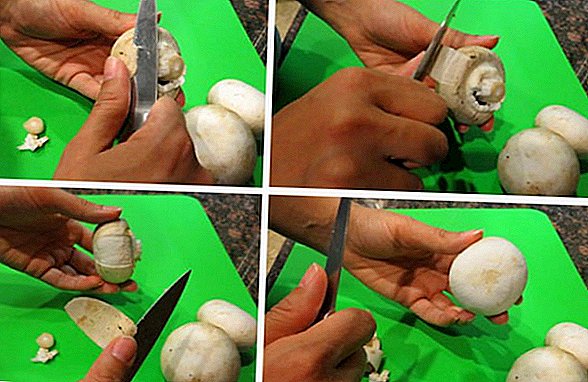
Did you know? Due to the high content of lysine and arginine in its composition, champignons contribute to the improvement of brain activity and are recommended for constant use by people working with high mental workload.
- trimming "collar". This action is not mandatory, but if the fungus is adult and large, then it is better to trim the collar. In some cases, the cutting of the inner brown part of the mushroom cap is also required;
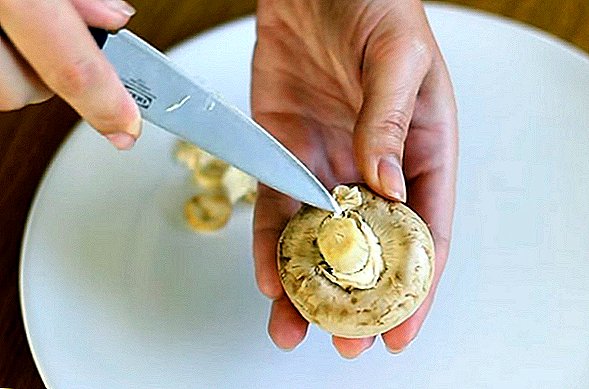
- update cut on the leg with a knife. In this case, the main processing rule works: the longer the fungus is stored, the more part of the body must be cut off;

- trimming dark spots and spoils. This action is obligatory, since only the healthy part of the fungus is eaten;

- sink under the tap with running water, followed by drying on a paper towel.

Important! It is recommended to cut the skin off the forest champignon caps without fail. This is due to the ability of fungi to accumulate radionuclides and heavy metal salts in the upper layers of the body.
Features of cleaning store mushrooms
Shop mushrooms have already been pre-processed before the sale and do not require much effort, all the actions of the hostess are minimized:
- Rinse the mushrooms lightly. This action can be replaced by treating the body of the fungus with a damp cloth;
- cut off the top layer of the skin if the fungus is old or large;
- remove all flaws on the body of the fungus;
- update the darkened slice.
We advise you to read about the beneficial properties of mushrooms: white, champignons, reishi, boletus mushrooms, cheeses, toadstools, boletus, shiitake and milk mushrooms.

Do you always need to wash the mushrooms before cooking or storing
Having passed the preliminary cleaning and preparation, different methods of preparation require different kinds of actions from the "cook". Each of the methods has its own characteristics, which need to be a little understood.
Before drying
Before drying, clean the mushrooms with a brush and a damp cloth. It is also important to update the sections and remove all imperfections on the body of the fungus.
Important! It is impossible to wash champignons before drying, otherwise they will darken and slow down the drying process.
Before frying
Preparing champignons before frying is reduced only to cleaning the surfaces with a brush and a damp cloth, cutting off all the flaws and updating the cuts. It is not necessary to wash the mushrooms before frying; in this case, during the cooking process, they acquire a beautiful crust and turn out to be crispy. 
Before cooking
Despite the subsequent heat treatment in boiling water, mushrooms should still be pre-rinsed well under running water, thus removing excess dust and dirt, and refresh the cut on the leg. In this case, all the imperfections can be left, they will not be noticeable in the prepared form.
Before baking
Before baking, a short-term "water procedure" for mushrooms is allowed. To do this, in a container with water, add 1-2 tbsp. l flour - it will act as a kind of "abrasive" and will help mechanically clean the surfaces of mushrooms. As a rule, only large-sized mushroom caps are used for baking.
Read more about pickling, drying, salting and freezing mushrooms.
Large sizes of caps suggest mandatory cutting of the top layer of the skin as a pretreatment, otherwise they will come out hard after baking. Before baking, the complete removal of the legs and the inner part of the caps with brown plates in mushrooms is also assumed.
Video: how to clean champignons
Before freezing
Only fresh mushrooms with no flaws or imperfections are suitable for storage in the freezer. Preparation for storage involves dry brushing and wiping with a damp cloth.
Important! It is not recommended to completely thaw the champignons before cooking, because in the process of defrosting they may darken and lose their appearance.
This method in some cases also involves preliminary cutting. Before freezing, prepared mushrooms should be sprinkled with lemon juice and tightly covered with food film.
We recommend reading about the correct technology of freezing champignons, oyster mushrooms, ceps, honey agaric.
Before raw use
Processing mushrooms for eating raw, as one of the ingredients of salads, involves thoroughly washing the fungus with its subsequent drying and cutting off all the flaws.  Also, as an additional decontamination, before using raw, prepared mushrooms can be placed in a heated oven for a few seconds. Champignons - the most affordable, popular and safe mushrooms.
Also, as an additional decontamination, before using raw, prepared mushrooms can be placed in a heated oven for a few seconds. Champignons - the most affordable, popular and safe mushrooms.
Proper pre-processing will help preserve all their taste and shelf life. Depending on the method of harvesting, the preparation of mushrooms may differ slightly, but regardless of such conditions, the freshness and size of champignons also affect the processing. In any case, the process itself is not complicated and lengthy.
Reviews from the network












